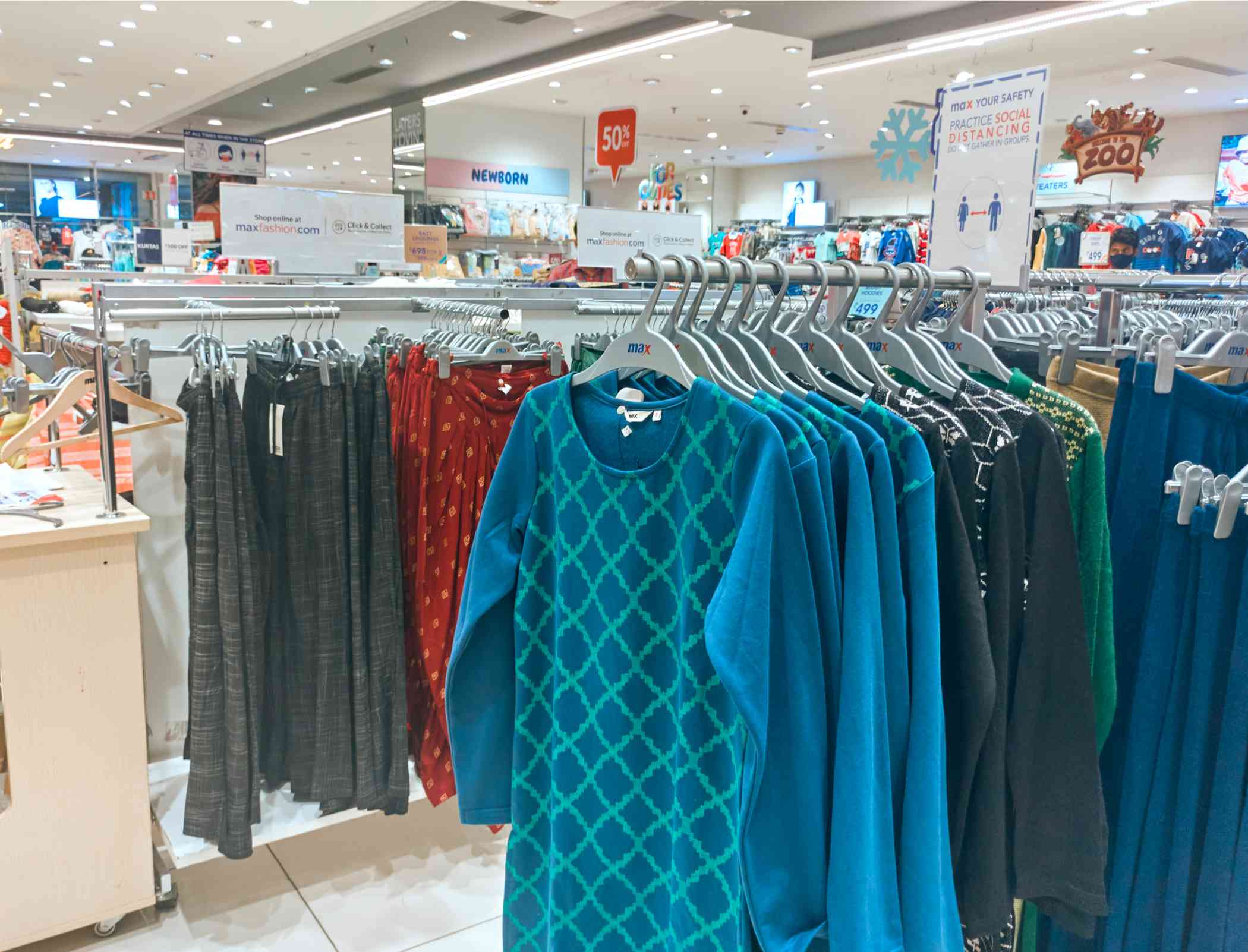Made in America Clothing Vs. Imported Clothing: Which is Better as Sourcing Strategy?



Every country wants to be independent in all sectors, especially when it comes to FMCG products, and America is no different. Although it’s one of the most developed countries in the world, more than 90% of the country’s clothing is imported. Liberalisation of trade rules and China becoming a part of the World Trade Organisation have changed the clothing scenario in America. The import of textiles and apparel by America has grown by 28.05% to $10.189 billion in the first month of 2022, according to the latest reports. In January 2021, it was only $7.957 billion. You will be surprised to know that China is the largest supplier of textiles and clothing to America with a 27.82% share, even though, political relations between America and China haven’t been very pleasant.
With a 13.47% share, Vietnam is the second-largest supplier. According to the latest report released by the US Department of Commerce, textiles and garments imports made by America in January 2022 were valued at $7.540 billion. The top five apparel suppliers to America are Indonesia, India, China, Pakistan, and Bangladesh. These countries registered remarkable growth in exports to America by 57.80%, 53.40%, 47.11%, 44.41%, and 45.53% year on year, respectively. Although, in 2020, America witnessed a sharp fall in imports, mainly on account of the Covid 19 pandemic. The total cost came to $89.596 billion compared to imports of $111.033 billion in 2019.
As the world started to recover from the dire impact of the pandemic, imports surpassed the pre-pandemic level and ended up at $113.938 billion, according to 2021 reports.
America is so dependent on imports that it has incurred a massive trade deficit. Although the country can manufacture its own apparel, it gets these products at a much better price from other countries. However, the counter effect of such imports is a loss in American jobs. President Trump, during his tenure, imposed higher tariffs on American trading partners like China and Canada to decrease the American trade deficit. At present, America is the world's second-largest importer of apparel.
Why does America Import Clothing?
America is a powerful country, and although it is capable of producing apparel; China, Mexico, India, and other developing countries can produce the same at a cheaper rate. The cost of living in these countries is lower, and thus, it allows them to hire cheap labour. These countries manufacture whatever America’s consumers want, charging less than American companies for the same products. In business terminology, this is called ‘The Theory of Comparative Advantage’.
Nowadays, a wave of products is made in America. A lot of Americans are pushing for made in America clothing. However, this notion doesn't look feasible and is possible only if everyone involved in the process is willing to pay a higher price.
America’s share in apparel has been lingering around 3% since 2008. In other words, we can say that all clothes brought by Americans are made somewhere other than America. Numerous surveys have found that Americans prefer to buy made in America clothing, provided that it is available to them and they are ready to pay a premium for the privilege. According to Cotton Incorporated's lifestyle monitor survey, more than half of all consumers (around 55%) say it is "very important" that the apparel they buy is made in America.
Around 40% of the consumers who prefer made in America clothing are aged between 25-70 years. On the other hand, young consumers, who are below the age of 35 (around 66%), are more likely to prefer American-made apparel items.
According to a survey by Consumer Reports, almost 8-10 American consumers say they would rather buy an American product than an imported one. More than 60% are willing to pay 10% more for made in America clothing, than opting for imported ones. The American apparel industry has realised this wave of nationalism. Offering consumers more American-made products would be the best way to grow consumer demands in the market. Besides meeting the demands of the consumers, it will also be good for the industry, and a boon for the economy. Rick Helfenbein, president, and CEO of the AAFA stated when a product is imported from China, we think that 100% of the value of the product is Chinese. We are ignoring the fact that 70% of the value of that product is American-made, which includes design, marketing, and intellectual property.
Why is Made in America Gaining Momentum?

Apparel was among the first industries to be lost to offshore manufacturing countries. The main reason behind this was the chase of cheap labour by companies. This trend moved to low-wage countries around 40 years ago. Though only 3% of American apparel consumption is domestic, it has started showing signs of recovery. This lends hope towards eliminating a trade deficit of $120 billion per year, which is about 25% of the total trade deficit. The effort to push for made in America clothing will not only reduce this deficit but will also generate over a million manufacturing jobs in the country.
In order to achieve this, many factors are required to be taken care of, such as the need for speed, increased fallibilities, small inventories, and small batches. It is a good sign that local sourcing is fulfilling several needs of today's apparel consumers, and that companies are going for the 'local for local' style of manufacturing and sources.
Apparel companies are trying to meet the demands of changing consumer behavior and trends. Companies are trying to adopt new technologies like sewbots and 3D printing, as quick delivery and custom designing are crucial for the fashion industry. The trend is changing day by day, and the country is on its way toward fulfilling ongoing demands. American productions also manage better total cost and table margin, according to several companies.
What is Sourcing Strategy in Fashion Industry?
In the apparel industry, sourcing can be defined as determining the procurement of manufactured goods or components. For the apparel industry, fabric and trims are the raw materials that need to be outsourced the most.
Purpose of Outsourcing
The purpose of outsourcing is to get cost-efficient material, production, or finished goods. Not every country can provide good-quality apparel at an affordable price. So, most countries outsource the production material and create the final product in their home country.
Factors Affecting Outsourcing
Decisions related to outsourcing are taken based on cost manufacturing and quality. The following factors decide the cost of sourcing.
- Labor wages
- Availability of skilled labor
- Manufacturing cost
- Transportation
- Incoterm negotiations
- Location of the manufacturing unit
A survey was conducted among 50 apparel companies and it was found that these companies sourced from over 20 countries or regions, using more than 200 vendors. When 30 executives from leading US special brands and apparel retailers were interviewed, they said that companies with more than 1000 employees had sourced from more than 10 countries and regions.
Companies are gradually starting to look for local vendors in America or vendors who outsource from developing countries. US apparel companies are actively looking for a new sourcing basis. They are reducing their dependency on foreign countries.
What would be a Good Sourcing Strategy?

- For any country, dependency on other countries is not good. A country's income depends on the citizens living there. Optimum utilization of the population is crucial. Sourcing strategies should be made so that at the time of crisis, no country remains helpless due to the dependency on other countries.
- Local manufacturing, using the country’s resources, is good for the economy. It creates job opportunities for local people. However, there can be some parts of manufacturing that can be outsourced. Alternatives for the same should be searched within the country.
- Made in America can boost the American economy, especially when America is dependent on Asian countries that are always going through financial turmoil.
- Americans are gradually becoming more willing to pay a premium for local goods. Due to this, we can witness a rise in manufacturing industries in places like New York, Detroit, and Los Angeles. It is essential to push for similar growth in other parts of the country.
- Types of brand manufacturing in the US could change. Some large brands are planning to downsize so much that local manufacturing would benefit them.
Fashinza is a B2B apparel manufacturing platform that helps clothing brands manufacture their designs and connects them with suitable suppliers. The company professionally oversees the entire fashion production. Brands can use the advanced platform of Fashinza to order, track, receive production updates, and communicate with manufacturers. To know more about Fashinza, check out the official website.
Visit Fashinza to upgrade your fashion!



















